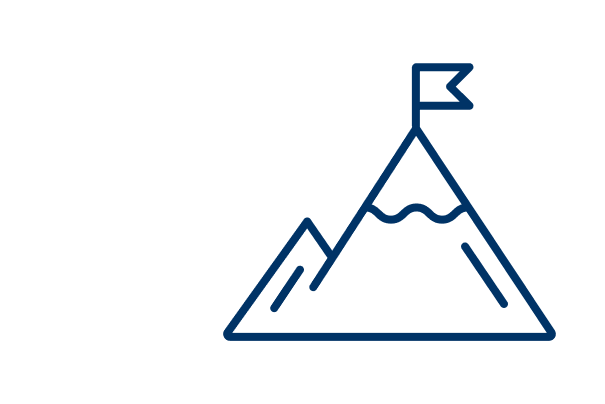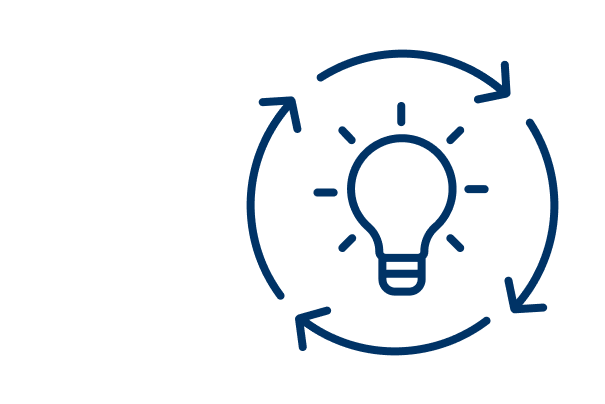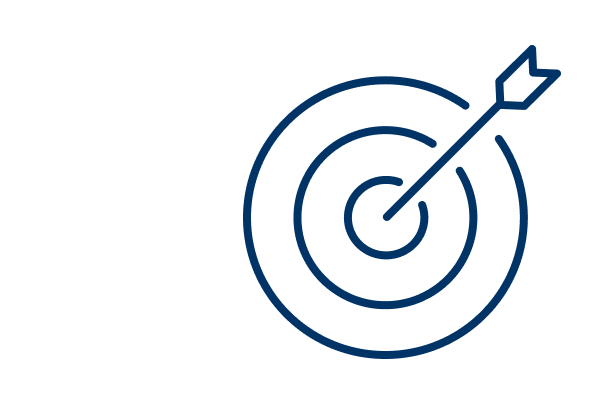About the Innovation

Challenges
Ms. Cathy Ping Pan saw the opportunity to revamp HUMA 100 Cultures and Values to address a big challenge in teaching students liberal-art topics: a gap between classroom learning and real-life experiences, especially around concepts like ‘cultures and values’. To allow students to realize the relevance of these theories, she needed to let them experience these real-life concepts first-hand to enable them to construct their own understanding.

Solutions
Based on the selected concepts and theories from the course, students selected a topic related to language and human experience. They explored these areas by visiting and interacting with individuals or groups from different cultures. Then, they documented, reflected, and presented their findings throughout the process on a website easily sharable amongst peers. Despite the barriers to conducting first-hand face-to-face research because of the pandemic, students were still able to arrange and experience virtual immersions thanks to the generosity of the partners, the flexibility of the students, and the help of technology.

Results
Students were encouraged to develop creative ways to collect their data. They used methods such as digital ethnography, online conferencing and interviews, and micro ethnographic to produce video documentaries, create photo galleries, and establish individual contact with friends, families, and people from the community who have had experiences with the target culture of their project. A collaborative Miro board was used throughout the project and through it, students were able to continuously share their project progress, peer collaboration, and reflections and the Miro board also help keep track of the overall project in an organized linear way. Students were given autonomy as to whether they would like to employ multi-modality methods for their final project report and portfolio. To illustrate how some did this, one group decided to create a website that included elements such as the interview process, a virtual tour, individual reflections and acknowledgement to the cultural organization. The other groups integrated writing, photo galleries, and self-made videos in their project report and personal reflections. Please find the Project Walkthrough for more details.





